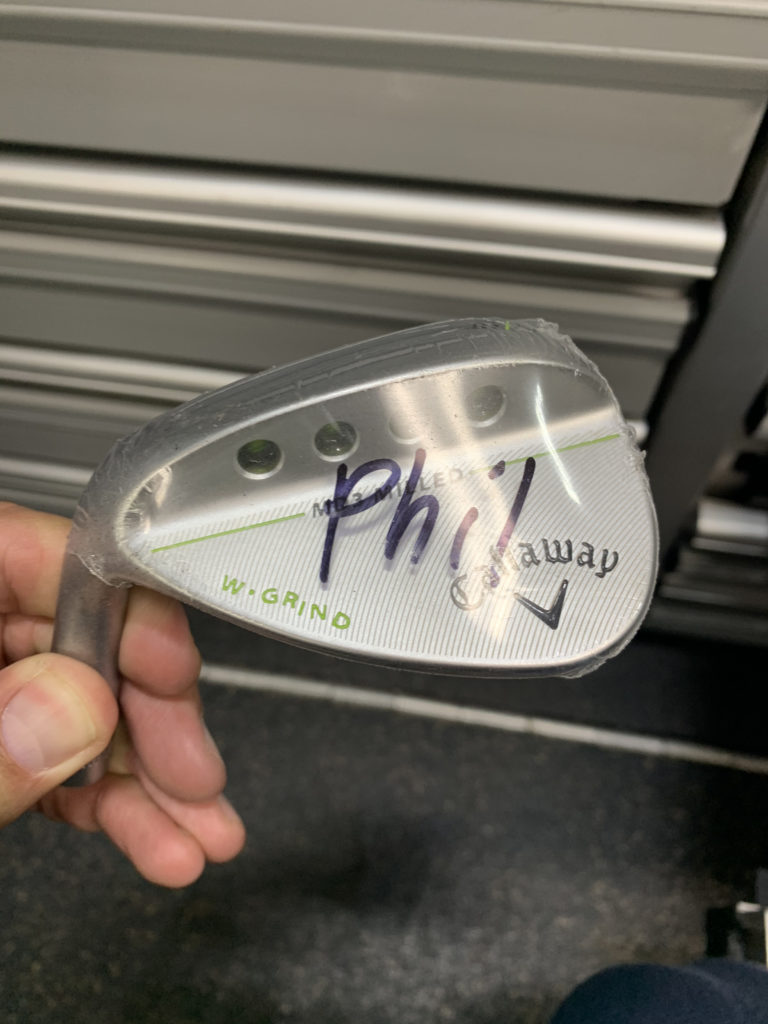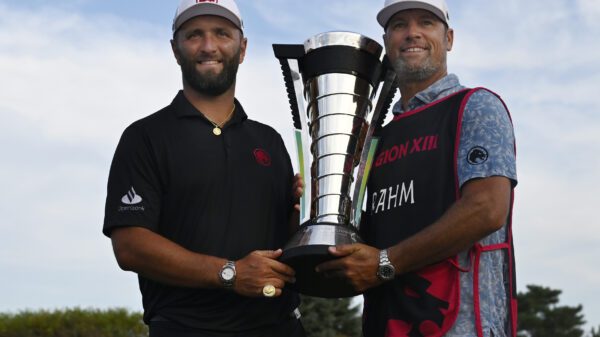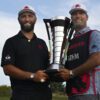Roger Cleveland is “The Godfather” of the wedge business, his expertise and personal history with our staff and especially Augusta National run DEEEEEPPPP…we have our own Jedi Master in-house….Mic Drop.
I had a chance to fire over a few questions to RC leading up to Round 1 at Augusta and this is what he had to say:
FYI: We will be doing this a lot:)

- JW: In your time working with the Callaway staff, what’re the most common adjustments players make to their wedges at Augusta?
RC: One of the challenges at Augusta is the fact that it’s in such perfect condition believe it or not. The turf is cut extremely tight AND the greens are firm and fast. What that calls for is a wedge that not only gets under the ball easily but also gives the player the proper launch and spin to control it. You have shots out there that require you to land it in a 2-foot circle off a tight lie…and you are literally just a few feet from the putting surface! Shots like to the right of 8 green, left of 11 green, over the green on 13 and 15, etc. What that has called for is grinding a degree or two of bounce off of lob wedges, building 62 and 64’s or a PM grind:) Phil’s wedge had all those shots in mind when we designed it.
- JW: Looking at players’ bags this week, there is a lot of C and T grinds in the 60-degree section. Can you explain the difference between the two?

Jaws MD5 Raw 60/08T 
Jon Rahm Jaws Forged 60/10C Grind
RC: First off, they both perform like a C grind, meaning there are heel and toe relief on both wedges. This grind allows the player to slide the leading edge under the ball a bit easier when adding loft on open-faced shots. Players that like to play around the greens with an open face and allow for a little more speed into the shot tend to respond well to a C grind or a version of it. To compare C to T, the C has a little more offset, a tighter heel/toe leading-edge radius than the T grind which displays less offset and straighter or larger Heel-toe Radius, that’s why it’s our Tour grind. The T also has a little higher CG allowing for that low spinner a bit easier. We love that shot.
- JW: With regards to the PM grind as it relates to Jaws, what are the advantages of having full-face grooves on your wedges?

Lefty Secret Stash 
Lefty Secret Stash
RC: This came about because Phil opens the face a lot so he can create more spin. In doing so he would get grass stains very high on the toe area where the contact occurred. He thought, GROOVES across the face = more spin, more control. It was as simple as that. A lot of the great players I have worked with hit open-face shots out by the toe, it’s a great method actually because it tends to soften the speed up a bit on really delicate shots. Good wedge players use the whole wedge, not just the sweet spot.
- JW: In all your years watching Phil go around Augusta, do you recall one year when his wedge play really stood out? A shot that made you shake your head?
His wedge play is beyond belief. He sees shots that other players can’t imagine. He has the skills and the confidence to also hit them. He practices a lot. He also has the guts to see it and pull it off. The shot that to this day astounds me: Back right of the green on 15, the pin was in the front left-35-40 yds. The green was probably rolling at about a 17 (down the hill) going toward the water so chipping and controlling the distance would be difficult to get close. You would have to play short of the pin. Not Phil. He pulls the Lob and takes pretty much a full swing and carries it to the pin and leaves it about 10 feet. Not sure he made the putt. It didn’t matter. No one but Phil can pull that one off, period.
- JW: Do you have a favorite story or moment from Augusta?
RC: Augusta National is Magical. So much history, so many great Champions. My story would be my relationship with Byron Nelson. He and Peggy would go to 12 every Wednesday of the tournament and talk about his many experiences in “the Corner”. He held court. Jim Nantz came over the last time and was able to catch it on camera. I’ll never forget that time with him and Peggy and I’m grateful I was there to witness it.



















